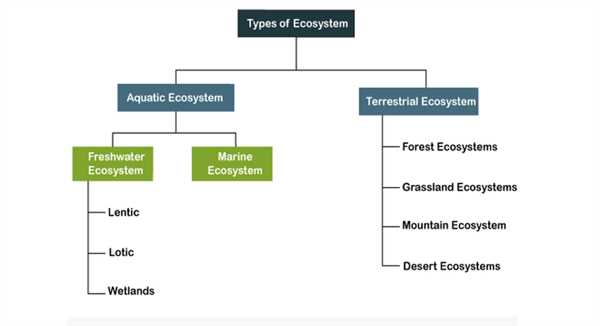An ecosystem is a system of living organisms interacting with the non-living environment around them. Ecosystems can be large or small, and they can be found on land, in water, or in the air.
The biotic components of an ecosystem are the living organisms that live there. These organisms can be divided into producers, consumers, and decomposers. Producers are organisms that make their own food, such as plants. Consumers are organisms that eat other organisms, such as animals. Decomposers are organisms that break down dead organisms, such as bacteria and fungi.

The abiotic components of an ecosystem are the non-living factors that influence the living organisms. These factors include the climate, the soil, the water, and the sunlight.
The biotic and abiotic components of an ecosystem are all interconnected. The producers provide food for the consumers, and the consumers help to recycle nutrients. The abiotic factors also influence the living organisms, such as by providing them with water and sunlight.
There are many different types of ecosystems. Some examples of ecosystems include:
- Forests: Forests are ecosystems that are dominated by trees. Forests can be found in many different parts of the world, and they support a wide variety of life.
- Grasslands: Grasslands are ecosystems that are dominated by grasses. Grasslands can be found in many different parts of the world, and they support a variety of animals, such as bison, zebras, and antelope.
- Deserts: Deserts are ecosystems that receive very little rainfall. Deserts can be found in many different parts of the world, and they support a variety of plants and animals, such as cacti, snakes, and lizards.
- Oceans: Oceans are ecosystems that cover most of the Earth's surface. Oceans support a vast diversity of life, including fish, whales, and coral reefs.
Ecosystems are important because they provide us with many of the things we need to survive, such as food, water, and oxygen. They also help to regulate the climate and protect us from natural disasters.
We need to protect ecosystems from damage. We can do this by reducing pollution, conserving water, and using sustainable practices. By protecting ecosystems, we can ensure that they will continue to provide us with the benefits they offer for many years to come.